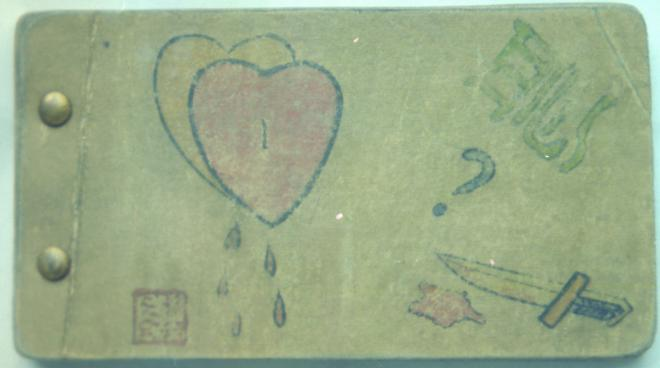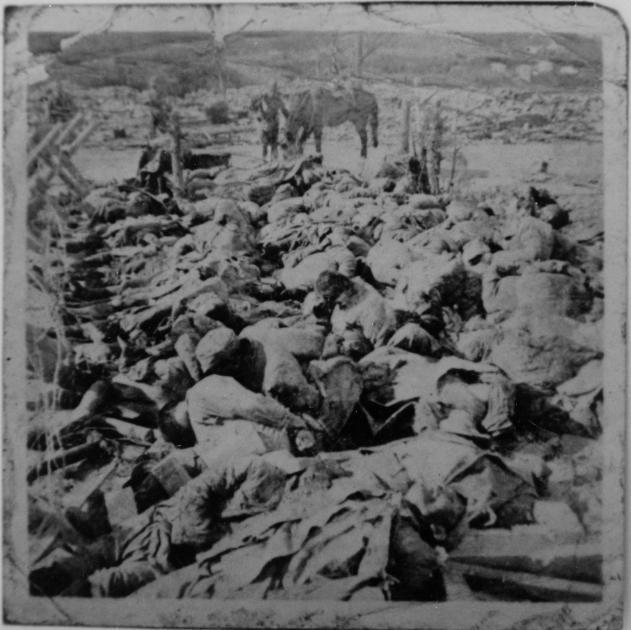A Significant Piece of Evidence - The No.1 Nanjing Photo Album Recording Japanese Atrocities
On February 6, 1947, the Chinese War Crimes Military Tribunal of The Ministry of National Defence (Nanking) commenced the trial of Hisao Tani, one of the primary perpetrators of the Nanjing Massacre. However, in the face of the skulls of victims unearthed from the mass grave outside Zhonghua Gate in Nanjing, Hisao Tani remained obstinate, deflecting blame in various ways. At this juncture, a yellowed photo album was presented to the court and placed before Hisao Tani. The album contained 16 photographs documenting the atrocities committed by the Japanese army.These photographs were taken in January 1938 when Luo Jin, an apprentice at the Huadong Film Studio in Nanjing, was developing film for Japanese officers. Sensing the importance of preserving evidence, Luo Jin clandestinely retained a set of photos depicting Japanese atrocities, subsequently selecting 16 of them to compile into a bound album. To evade detection, Luo Jin concealed the photo album in a wall cavity in the restroom of Pilu Temple in Nanjing.Later, it was fortuitously discovered and safeguarded by Wu Xuan, a Chinese citizen. Following the war, Wu Xuan submitted the album as crucial evidence to the War Crimes Military Tribunal in Nanjing. In 2015, recognized as a component of the “Documents of Nanjing Massacre”, the photo album was inscribed on UNESCO’s International Memory of the World Register. The original album is presently housed in the Second Historical Archives of China (SHAC).



